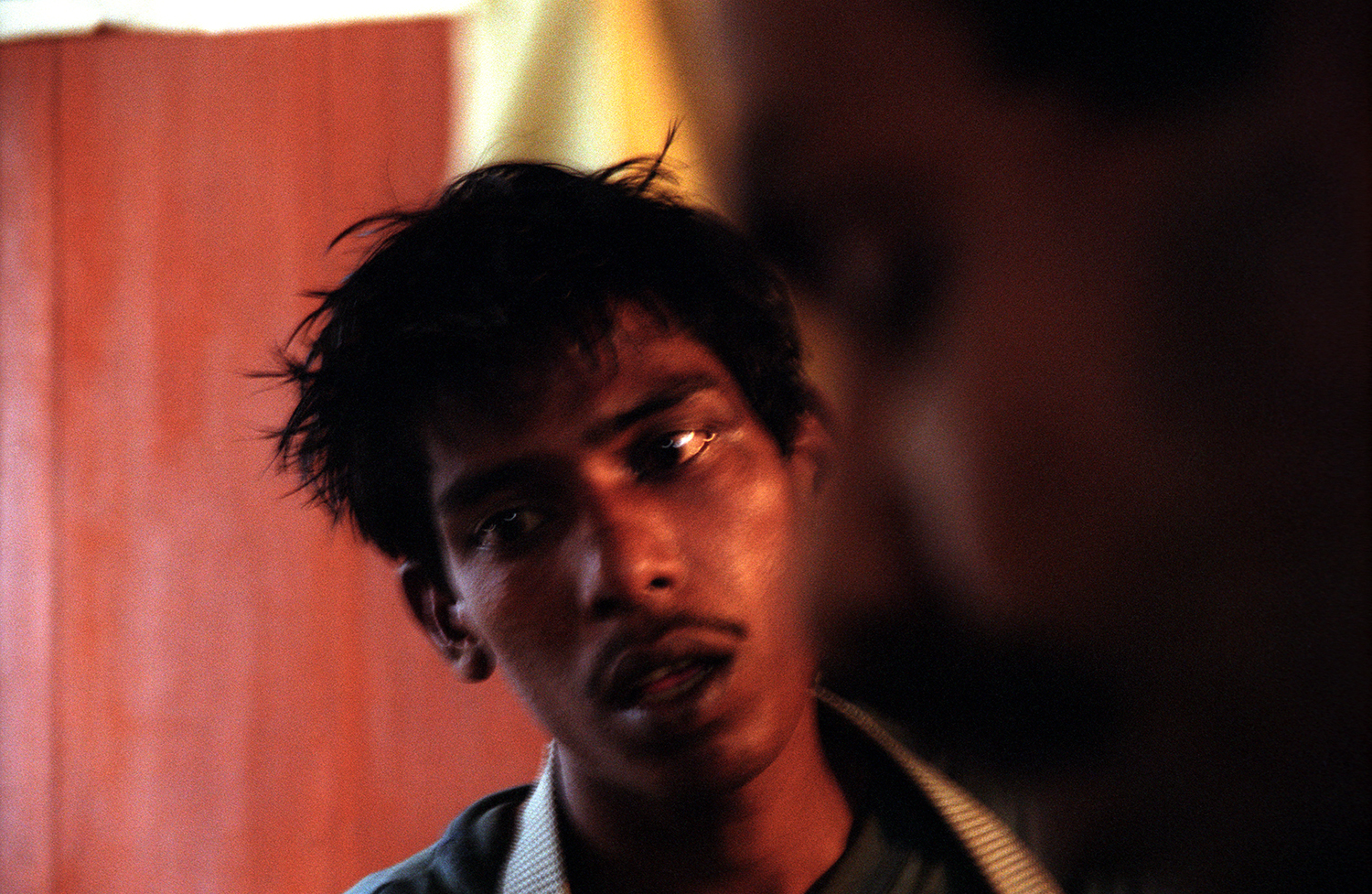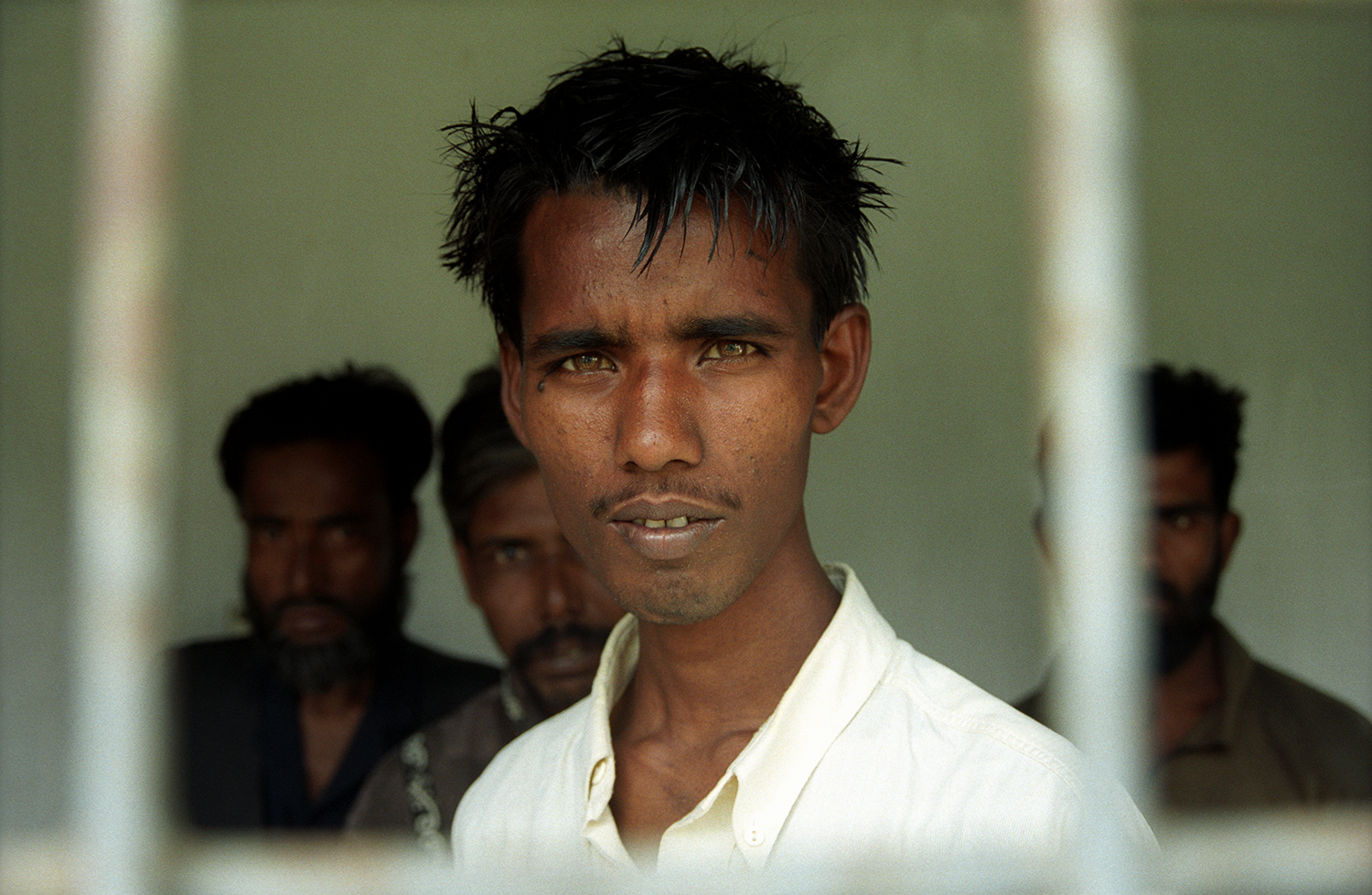Bangladesh: Drugs and Sex Workers
Prostitution is legal in Bangladesh, although the Bangladesh constitution provides that they endeavor to prevent prostitution. Various provisions of different laws prohibit child prostitution, forced prostitution, solicitation and the keeping of unlicensed brothels.
Child prostitution is widespread and a serious problem. The majority of Bangladeshi prostituted children are based in brothels, with a smaller number of children exploited in hotel rooms, parks, railway and bus stations and apartments. It is estimated that there are over 30,000 underage girls used in commercial sexual exploitation in the country.
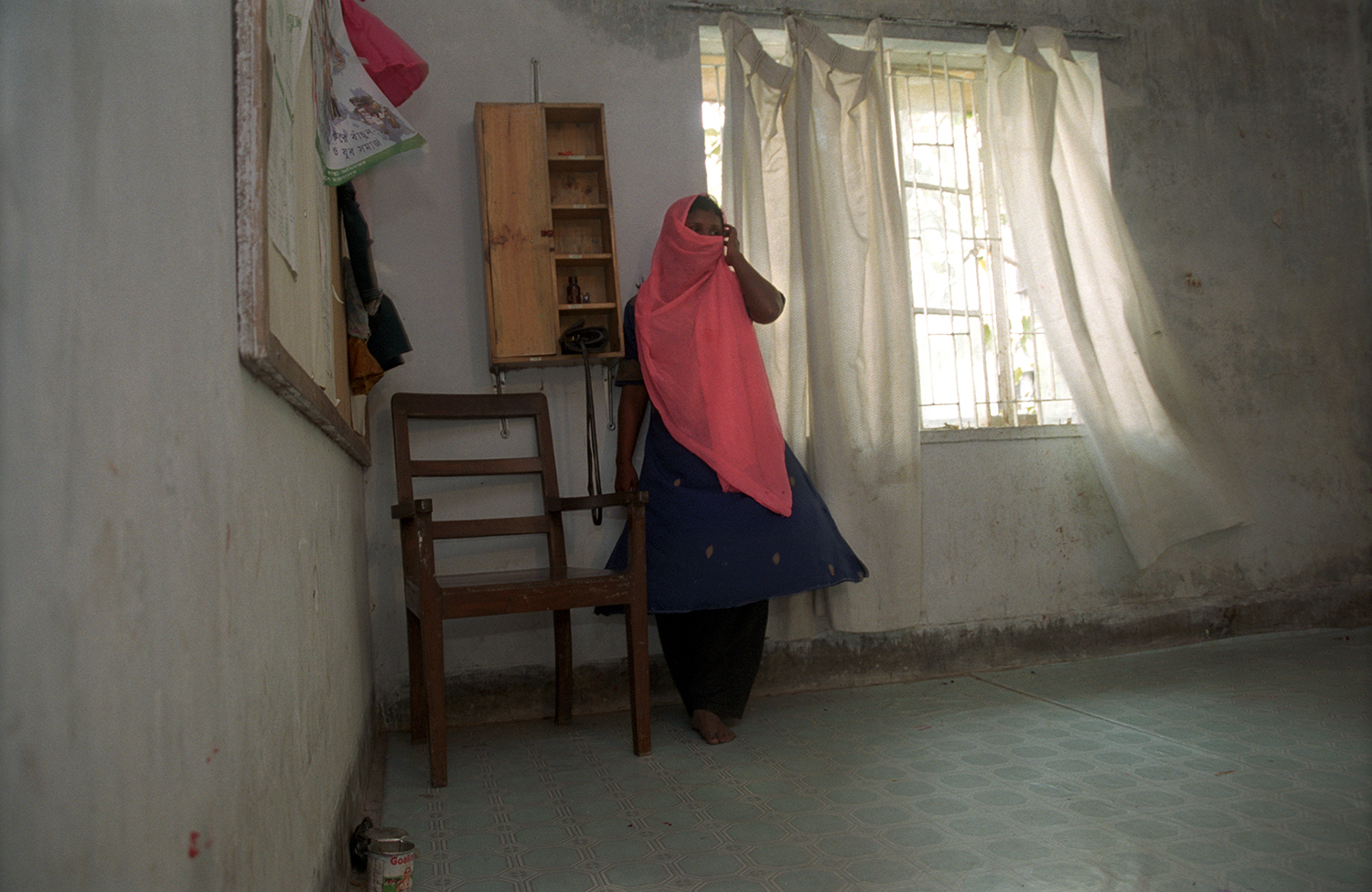

In a dim, crowded alley of a Bangladeshi city, the entrance to a licensed brothel looks unremarkable—just a narrow doorway behind a curtain. Inside, the legal status of prostitution coexists uneasily with the country’s constitutional commitment to “endeavor to prevent” it. For adult sex workers, the law offers some measure of recognition, but for thousands of children, legality provides no shield.
Child prostitution remains one of Bangladesh’s most pressing human rights concerns. Estimates suggest more than 30,000 underage girls are involved in commercial sexual exploitation. Many live and work within the walls of established brothels, where rooms are small, shared, and dimly lit. Others are scattered across the country’s cities and towns—hidden in hotel rooms, moving between clients in parks, waiting near railway and bus stations, or confined in private apartments.
The pathways into exploitation vary. Some girls are trafficked from rural areas with promises of domestic work; others are sold by impoverished families or coerced through threats and debt bondage. For many, the boundary between childhood and adulthood disappears overnight, replaced by a life measured in transactions and the constant presence of strangers.
While Bangladeshi law prohibits child prostitution, forced prostitution, solicitation, and the operation of unlicensed brothels, enforcement is inconsistent. Corruption, stigma, and the clandestine nature of exploitation make prosecutions rare and rescues difficult. Non-governmental organisations operate outreach programs—providing healthcare, education, and attempts at rehabilitation—but resources are thin compared to the scale of the problem.
In this environment, the legal framework stands in sharp contrast to lived reality. The brothel doors stay open, the networks of exploitation remain active, and the lives of thousands of children continue in the shadows, far from the constitutional ideals that promise their protection.
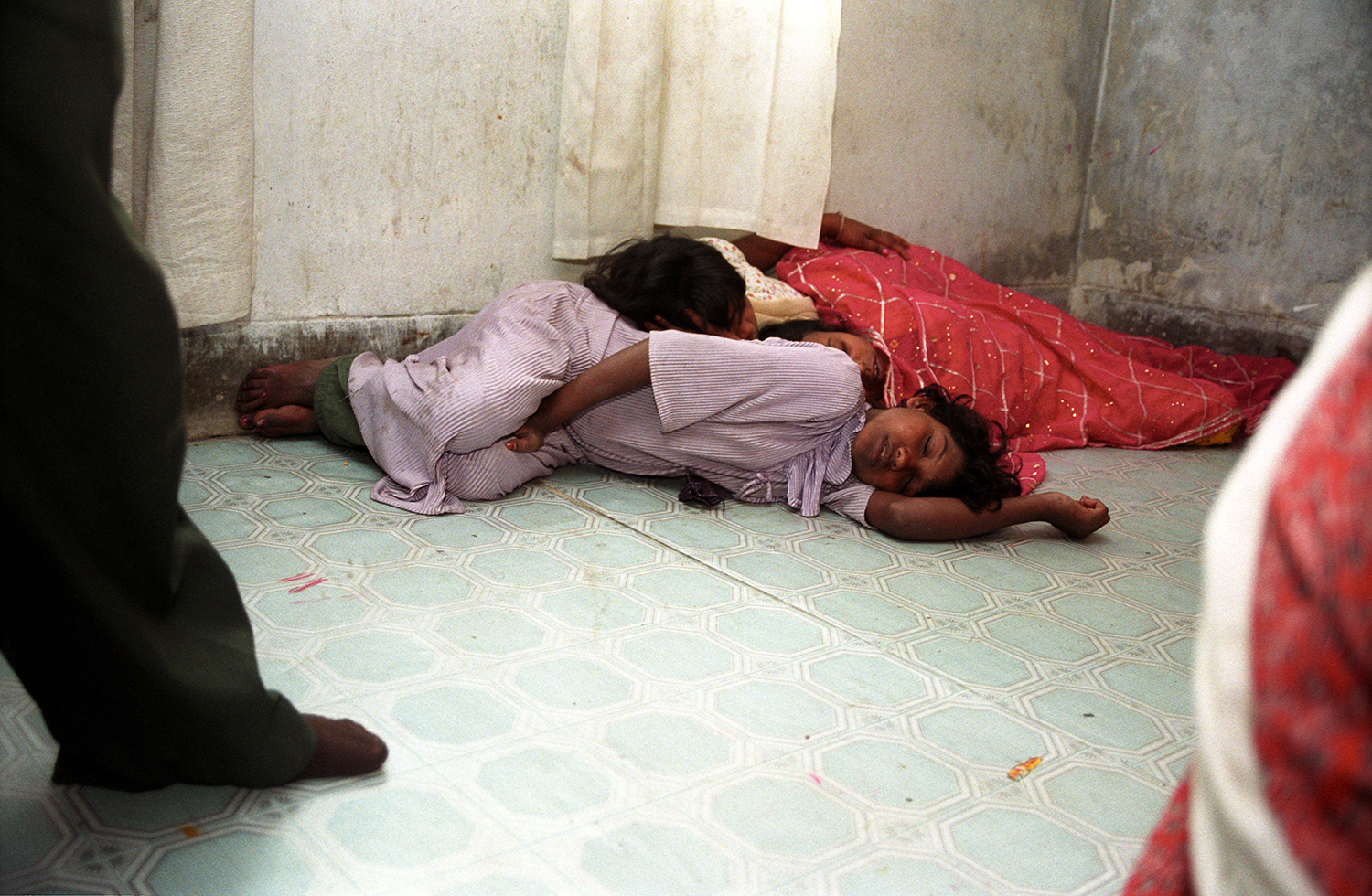
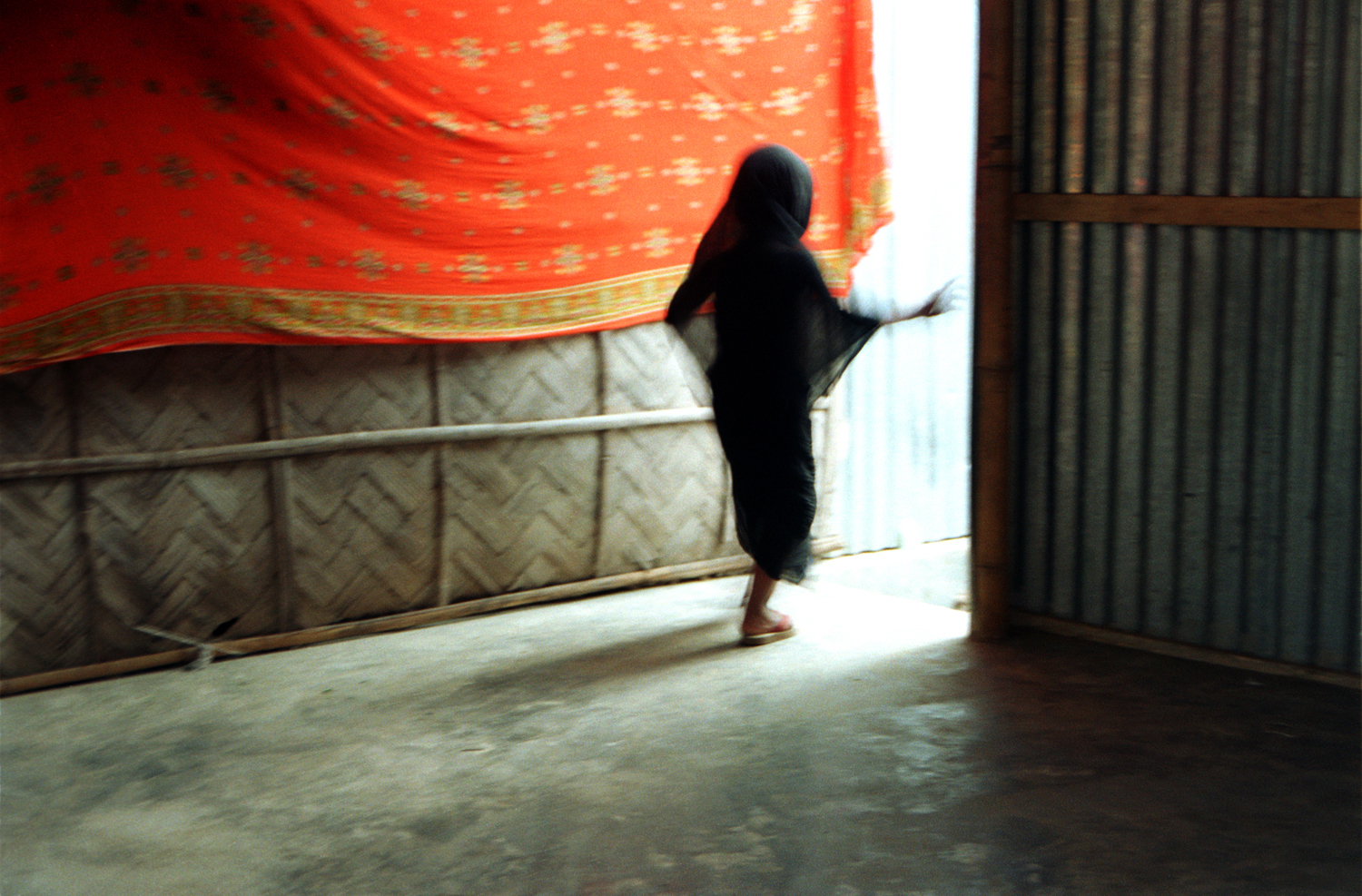
Hijras
Hijra is a gender concept for biological males in Bangladesh who regard themselves as female. They often make a living by performing dances at weddings and childbirth ceremonies. Hijra sex workers are transvestites/transsexuals who undertake sexual activity with a man in return for money or other financial benefits. It is estimated that the hijra community comprises a population in the range of 10,000 to 500,000 in Bangladesh.

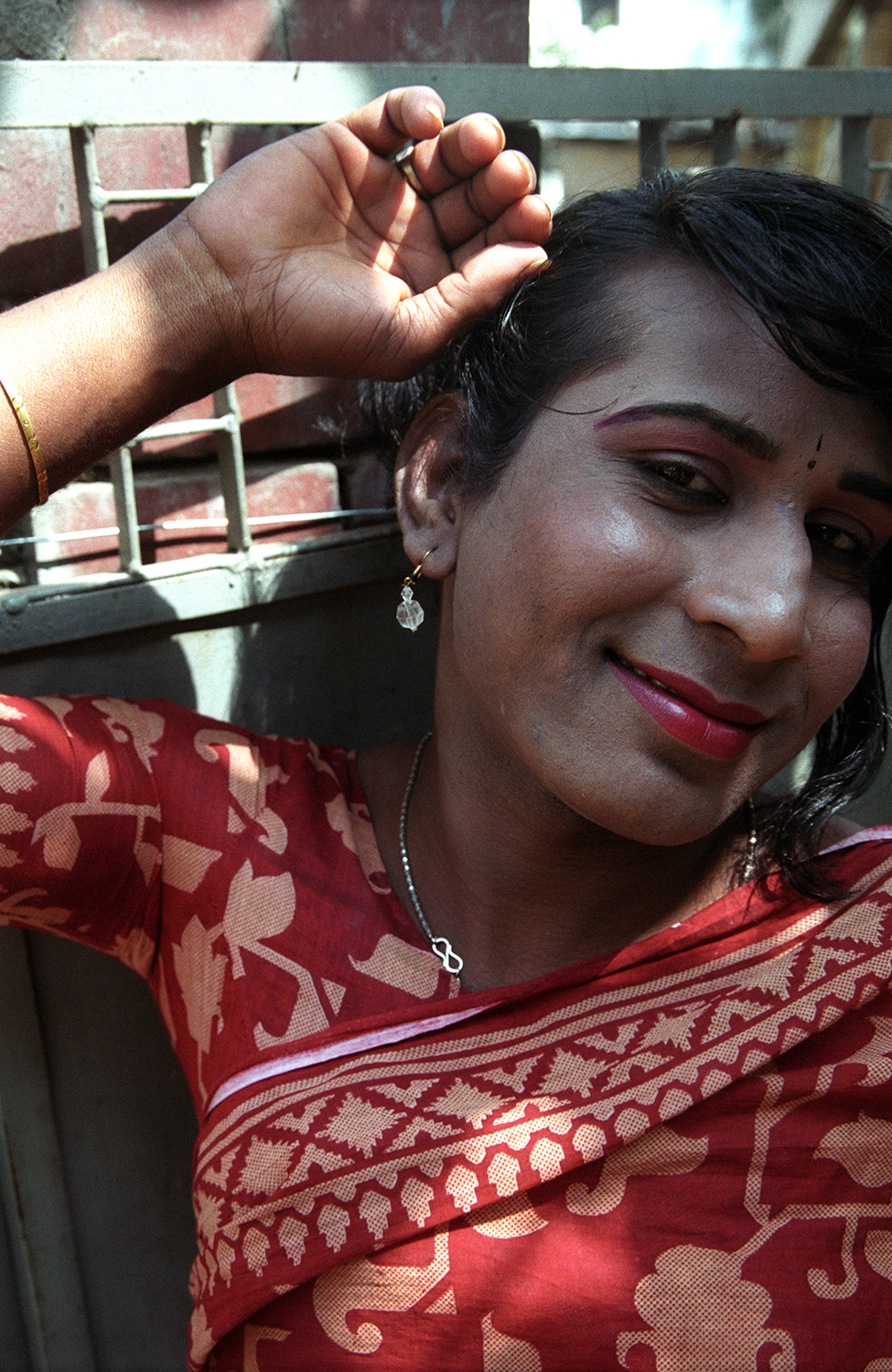
In Bangladesh, the term hijra refers to biological males who identify and live as women, occupying a distinct gender category that has long been recognised in South Asian culture. Traditionally, hijras earn a living by performing dances and offering blessings at weddings, childbirth ceremonies, and other social occasions. These roles carry cultural significance, though they rarely provide a stable income.
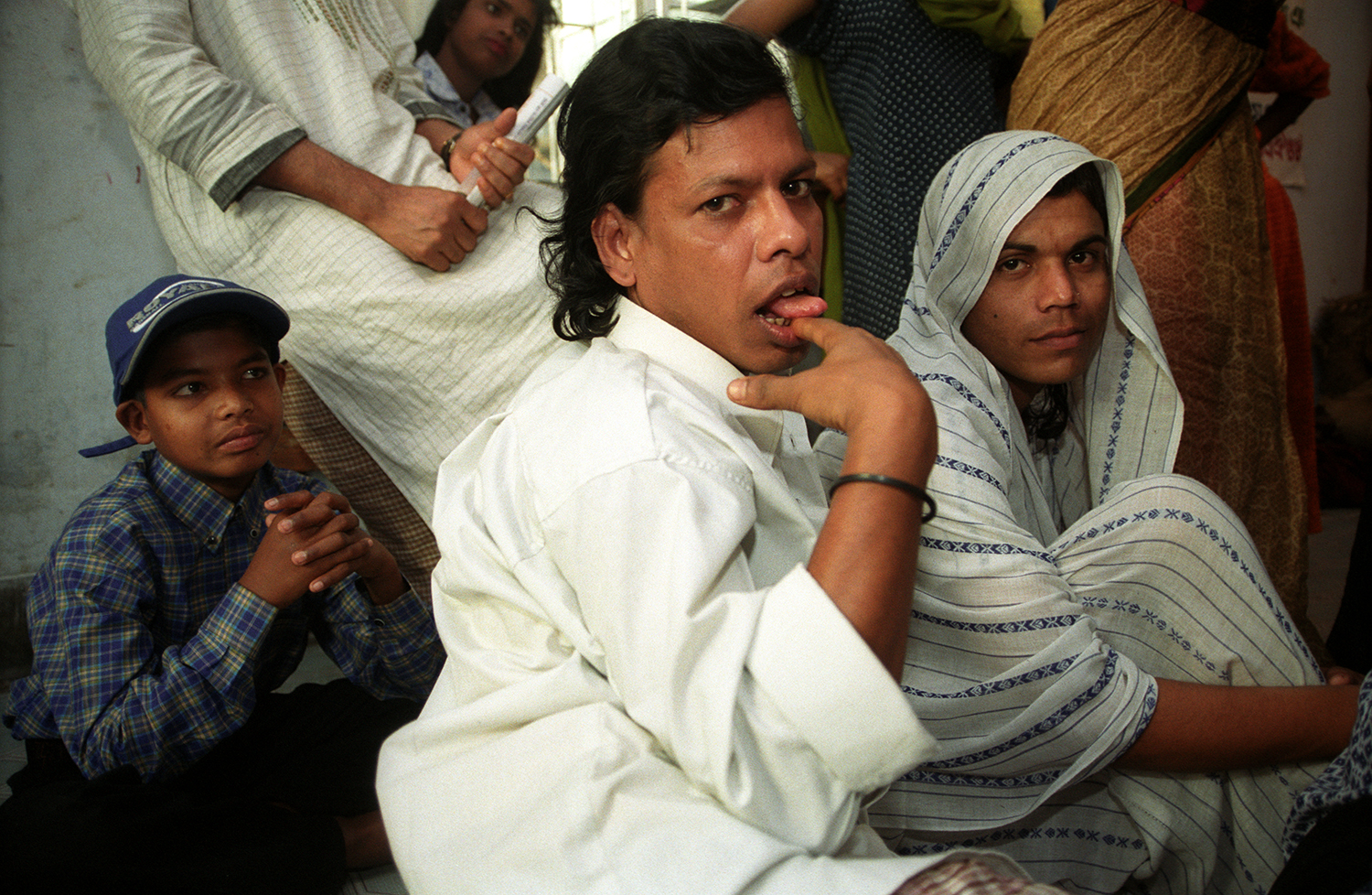
Many hijras face social exclusion, limited employment opportunities, and widespread discrimination, which often forces them into marginalised livelihoods. A portion of the community turns to sex work as a means of survival, engaging in sexual activity with men in exchange for money or other benefits. This work exposes hijras to heightened risks, including violence, exploitation, and sexually transmitted infections, while stigma further limits access to healthcare and legal protection.
Population estimates for the hijra community in Bangladesh vary widely, ranging from 10,000 to as many as 500,000 individuals. The lack of precise data reflects the community’s marginalised status and the challenges in conducting formal surveys. While recent years have seen some recognition—such as official acknowledgment of hijras as a “third gender”—social and economic barriers remain entrenched, leaving many in precarious circumstances despite their deep cultural roots.
NGO centres and out-reach workers offer mental health support, medical care and condoms.


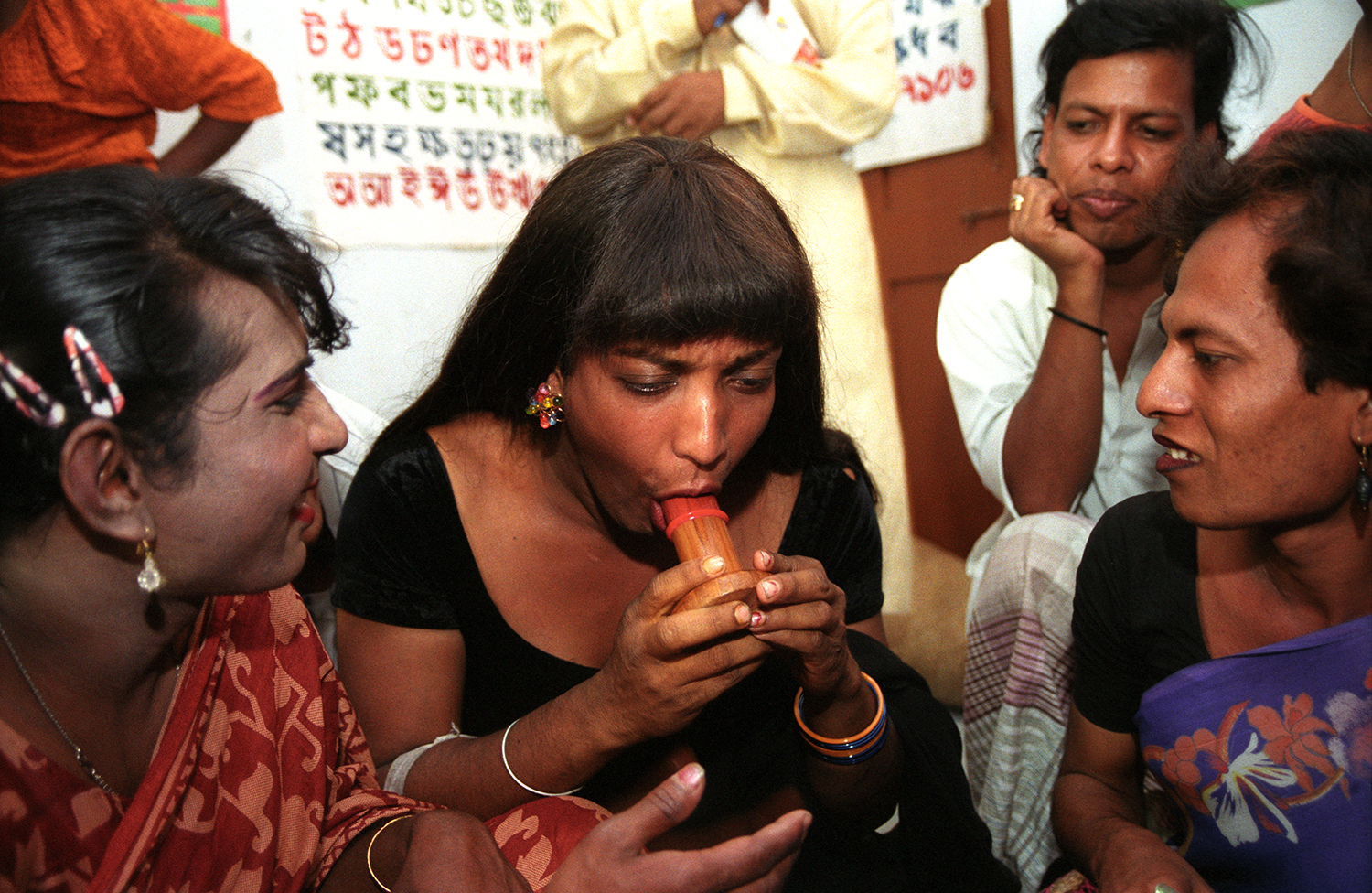

Drugs.
More than 40% unemployed youth are addicted. more than 40% are female, close to 50% are educated and 60% are sex offenders, around 95% are smokers and more than 85% get into consuming drugs under the influence of friends. Needle/syringe sharing practices prevalent among 53% people who inject drugs. Over half of the public vehicle drivers, who operate around 50,000 public transport vehicles, take drugs regularly. In Sylhet, 64% of drug users funded their habits with money from their family compared to national average 17%. Phensedyl is coming back with a hike of 26%. Bangladesh consumes 2 million Yaba everyday, around 1.5 crore people are Yaba addicted, market size $1 billion.
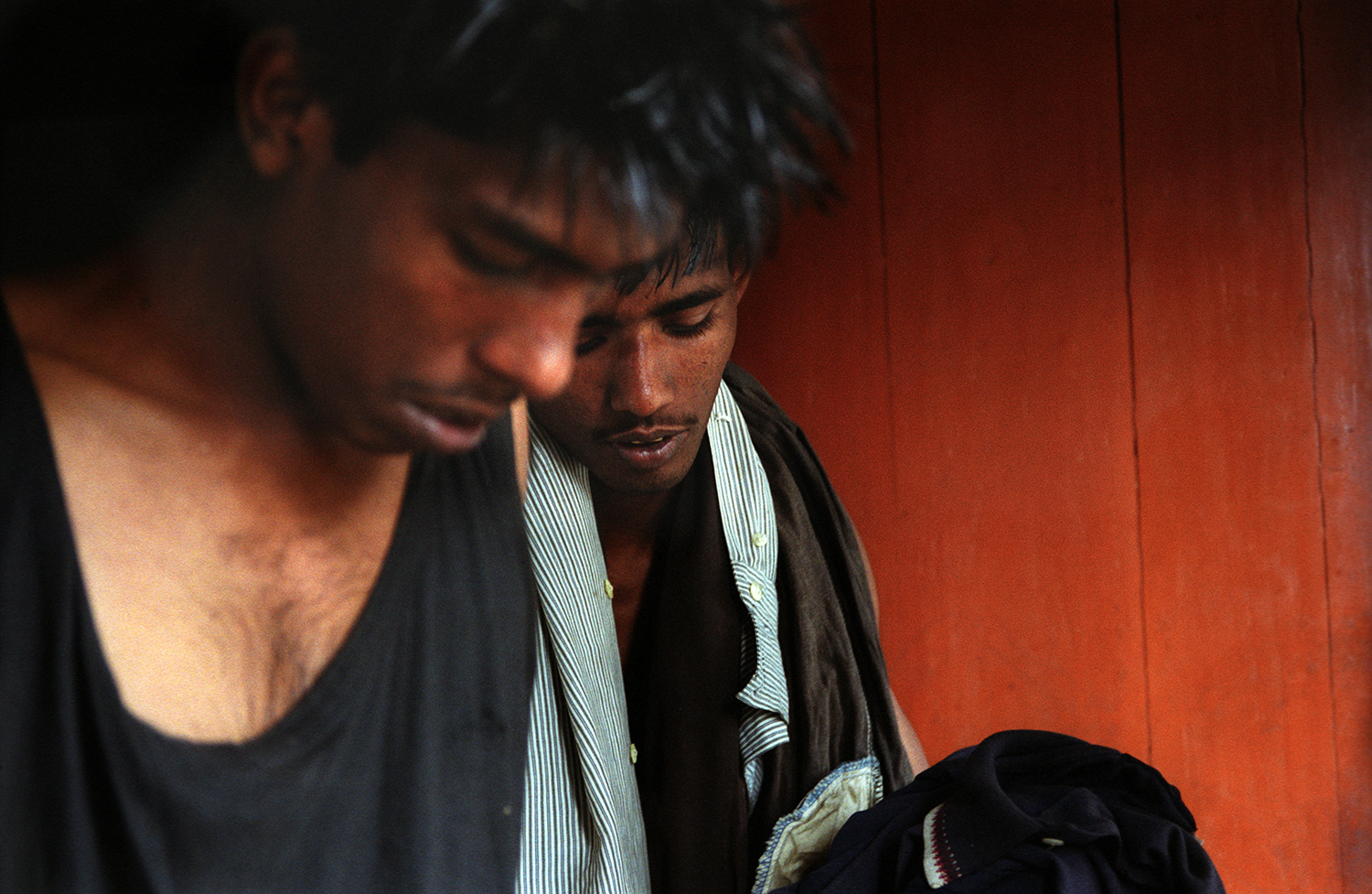
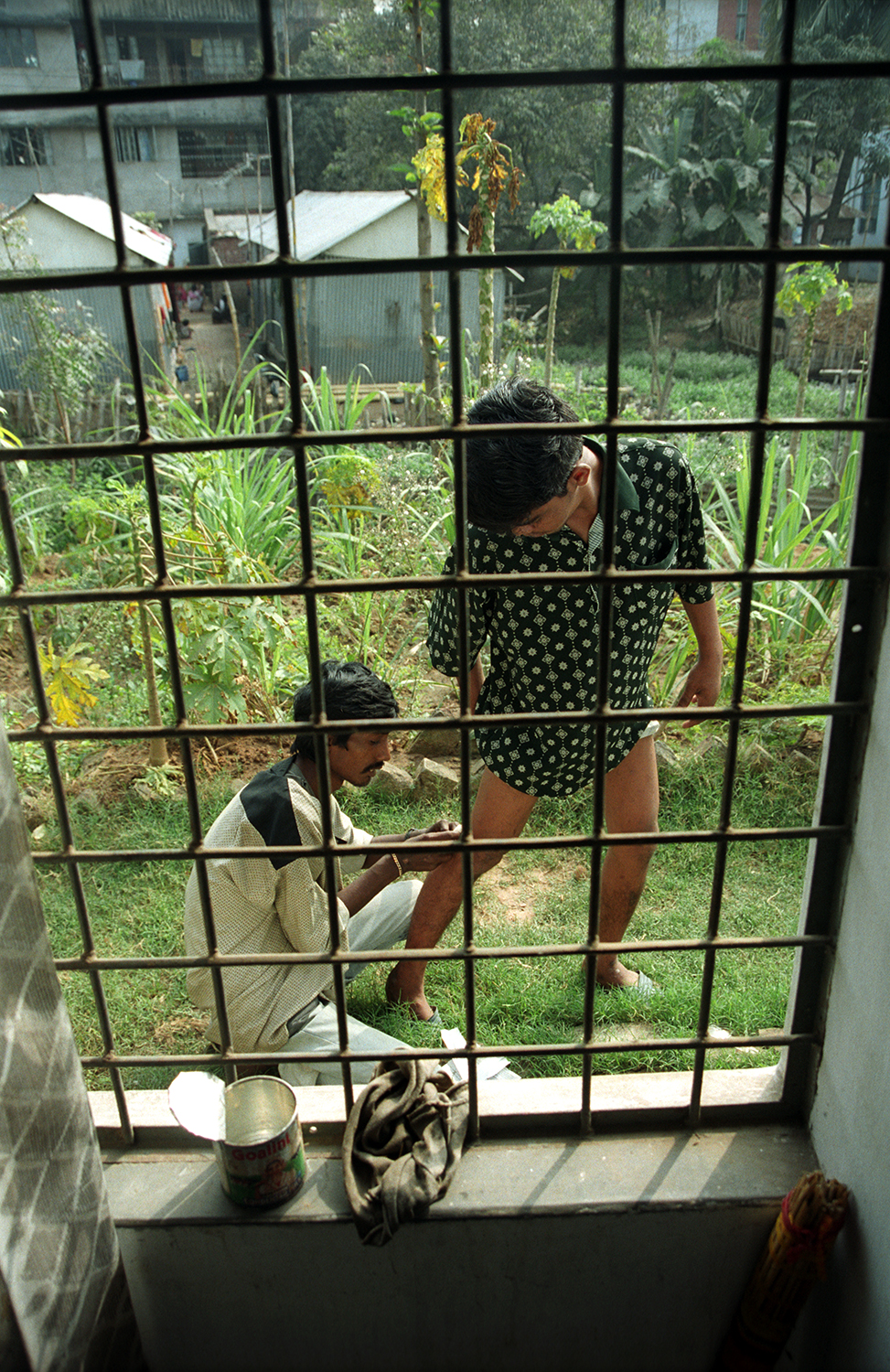

Drug abuse in Bangladesh presents a severe public health and social crisis, affecting diverse sections of the population. Among unemployed youth, over 40% are addicted, with more than 40% of this group being female. Nearly half of these young addicts are educated, and 60% have committed sexual offences. Smoking is closely linked to drug use, with around 95% of addicts being smokers, and more than 85% reporting that they began consuming drugs under the influence of friends.
Injecting drug use carries additional dangers, with needle and syringe sharing reported among 53% of people who inject drugs, significantly increasing the risk of HIV and other blood-borne diseases. Drug use is not confined to the unemployed—over half of Bangladesh’s public transport drivers, who operate around 50,000 vehicles, regularly consume drugs, posing serious safety concerns.
Regional variations also emerge. In Sylhet, 64% of drug users finance their habits with money from family members, compared to a national average of 17%. Common substances include Phensedyl, whose use has risen by 26%, and Yaba tablets, with an estimated 2 million consumed daily. Around 15 million Bangladeshis are addicted to Yaba, creating a market valued at $1 billion and underscoring the scale and urgency of the country’s drug problem.
